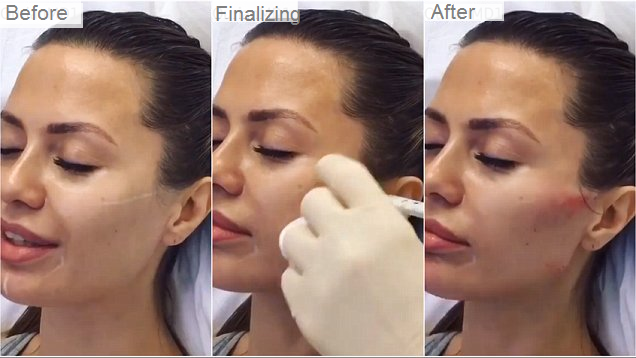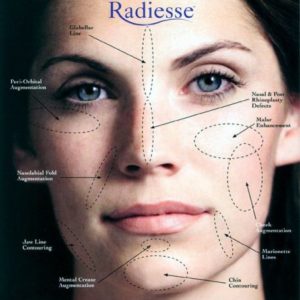FACIAL CONTOURING WITH FILLERS

With the advent of hyaluronic acid fillers, safe and effective non-surgical facial rejuvenation has been advanced. Hyaluronic acid fillers are becoming increasingly popular amongst patient who seek facial enhancement. In 2013, there were over 1.8 million treatments using hyaluronic acid performed in the US alone, representing a 31% increase from the previous year [1]. Fillers are placed in the dermis using needles in order to improve the appearance of wrinkles, soften folds or hydrate the skin.

When fillers are placed in deeper planes, using needles or cannulae, there are many possibilities for facial rejuvenation and beautification. These include the enhancement of bony features, facial shaping and the lifting of soft tissues. The ability of a treatment that uses hyaluronic acid fillers to make a patient appear more attractive, more youthful or refreshed, depends on the operators understanding of the ageing process, aesthetic ideals and proper patient assessment.

The need for volume
Ageing affects the soft and hard tissues of the face. It is primarily an involutional process, rather than a gravitational one [2]. The bony skeleton, deep and superficial fat compartments of the face deflate over time [3]. As the mandible, zygoma and periorbital bones resorb, structural support for the soft tissues of the jawline, midface, and brows lessens and ptosis becomes apparent. The deep and superficial fat compartments of the face also atrophy asynchronously, such that various hollows, grooves and shadows appear as one ages. The relative resistance of nasolabial and jowl fat to atrophy exacerbates the nasolabial grooves and jowls as the fat in the midface and elsewhere disappears. Therefore, a pseudoptosis of the nasolabial fat and jowls due to volume loss, rather than excess, occurs. Attenuation of facial ligaments and deterioration in the quality of the skin through intrinsic and extrinsic ageing compound these signs. The involutional and atrophic changes that occur with ageing in the face are ameliorated using fillers (Figure 1). The strategy for facial contouring with fillers begins with an assessment using inspection and facial imaging.


